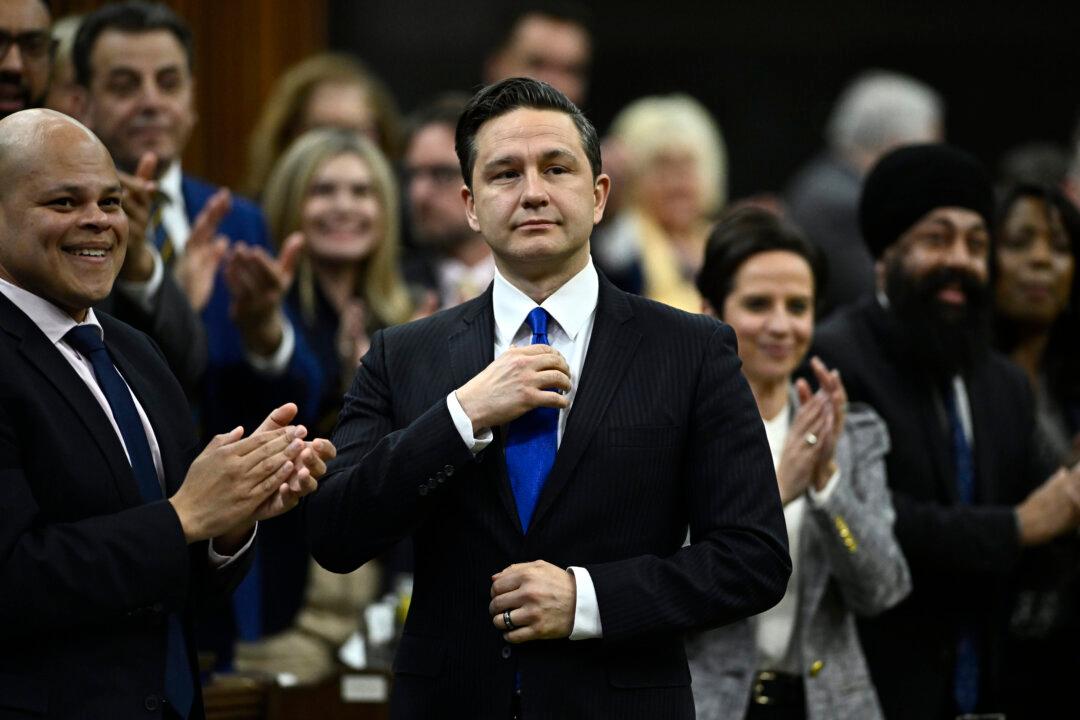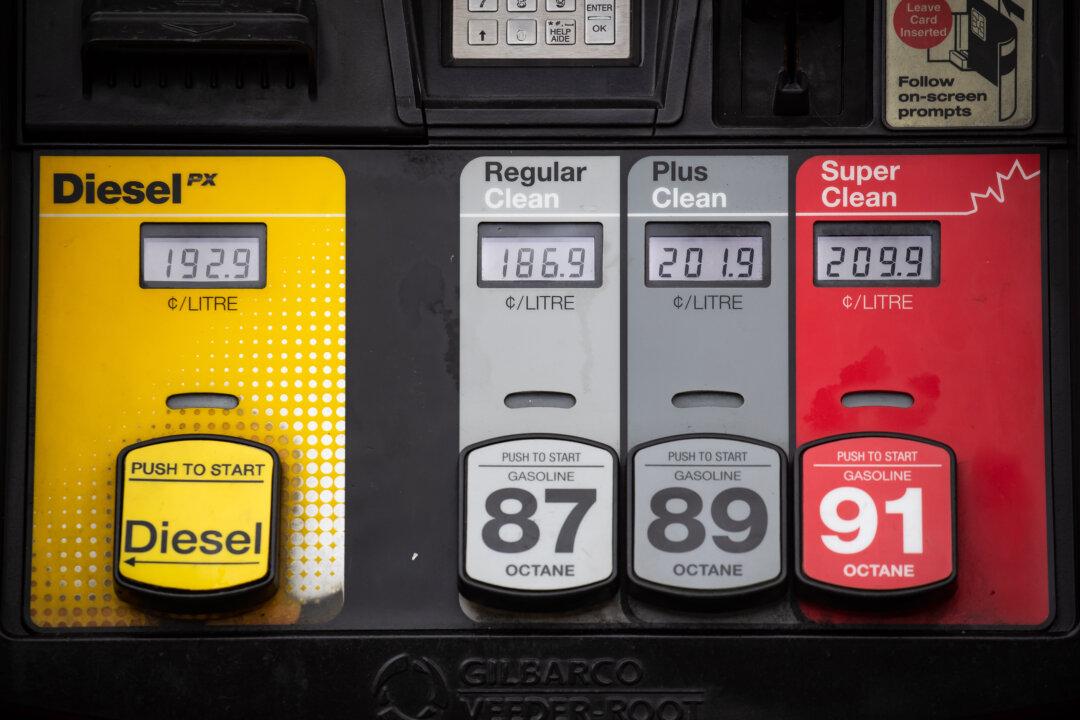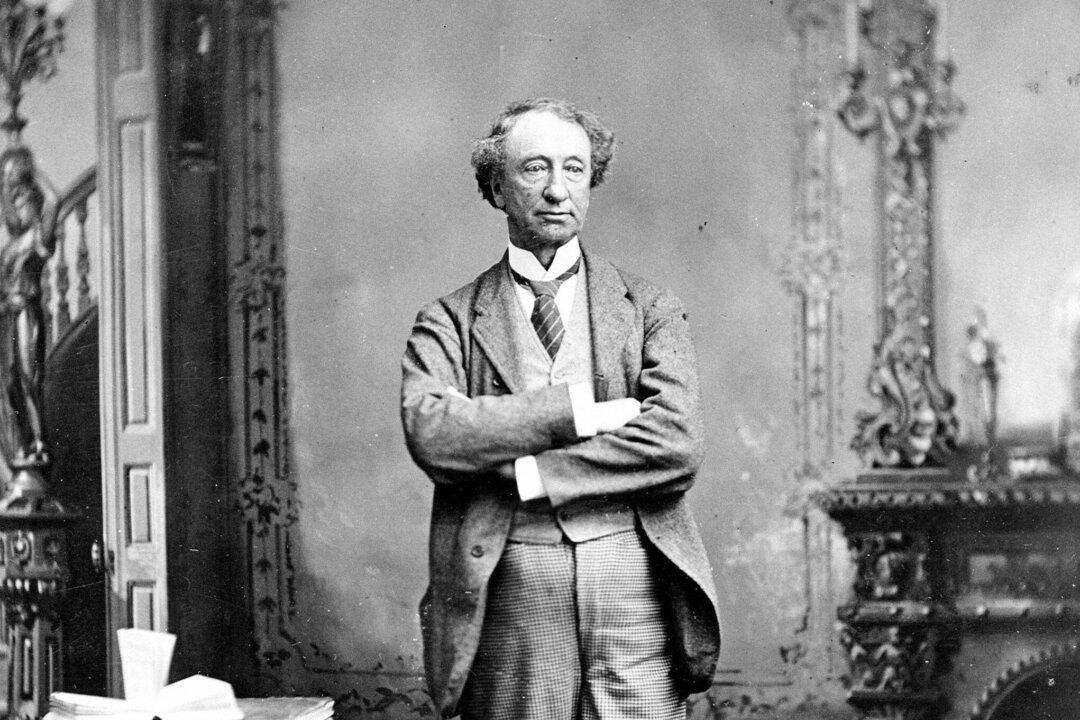Tory Leader Pierre Poilievre claimed that the housing provisions in the 2024 federal budget introduced by the Liberals this week contain much of the same language as their 2015 platform, questioning why Prime Minister Justin Trudeau is making similar promises after nine years in power.
Ahead of the vote on the 2024 federal budget, Mr. Poilievre addressed the House during Question Period, claiming that the proposed policies on housing were very similar to those made by the Liberals in their first budget tabled in 2015.





